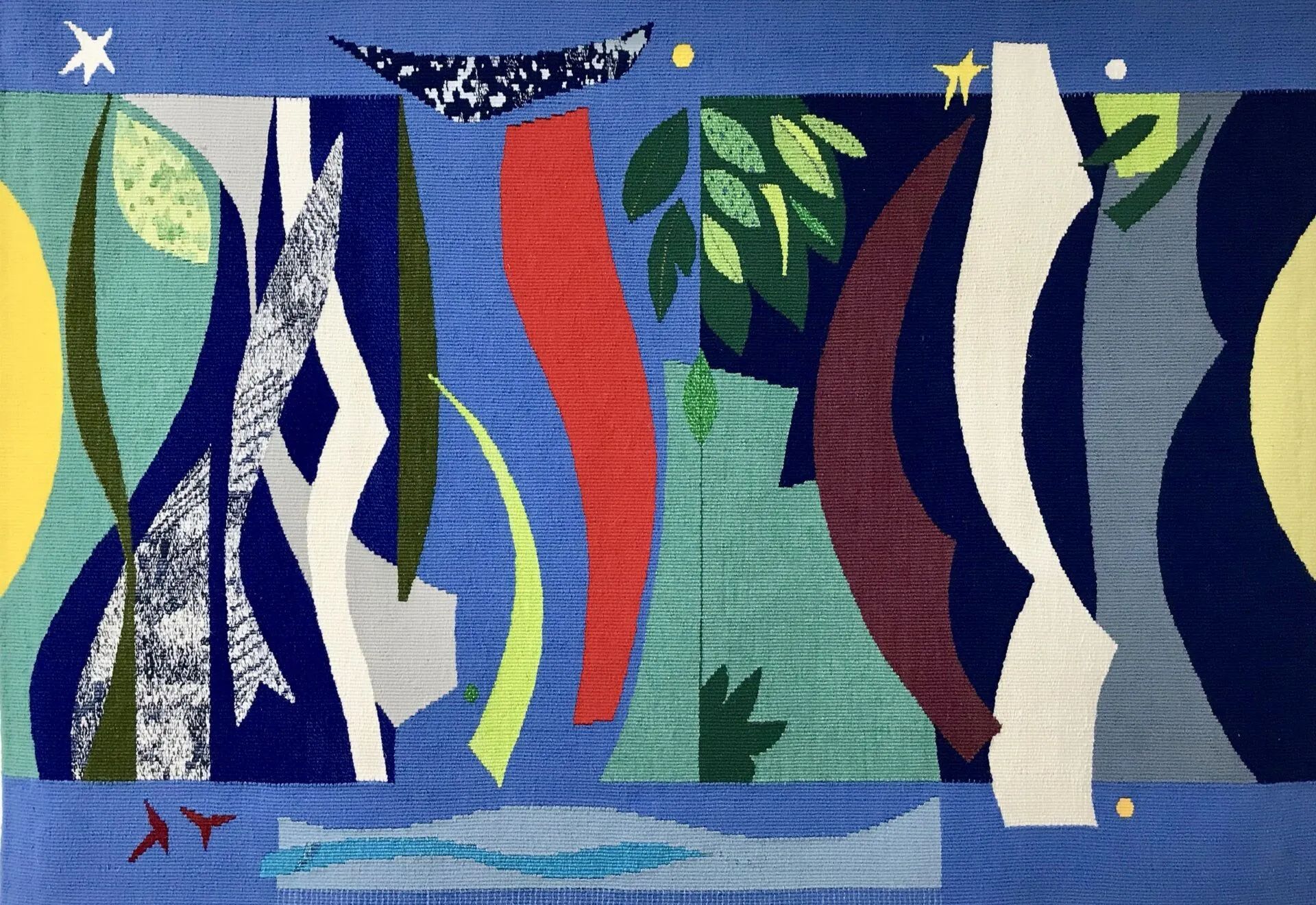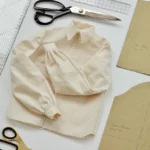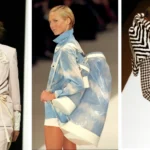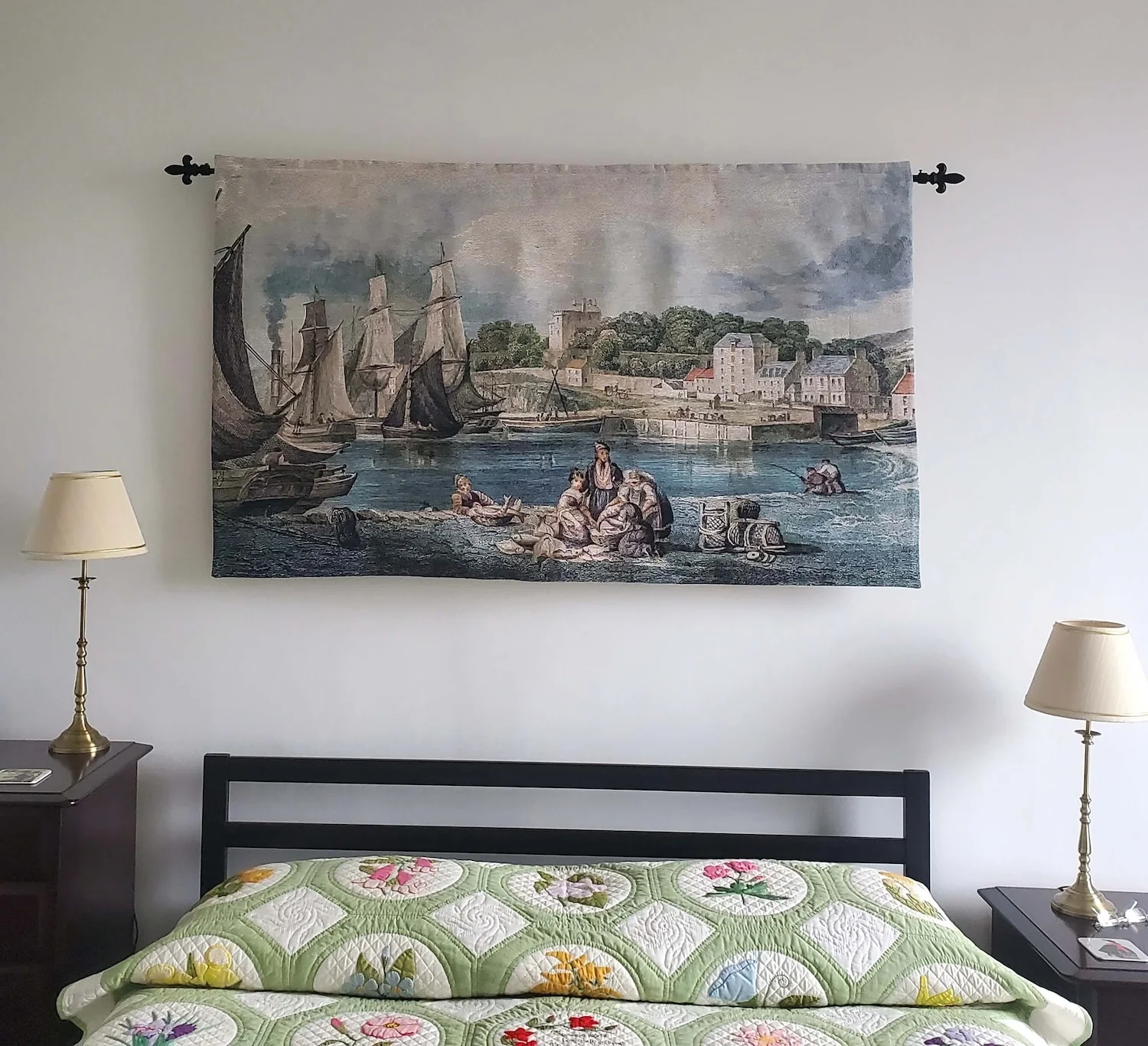While tapestry is often associated with historical periods and ancient techniques, it has made a dynamic return to the world of contemporary art. Modern tapestry artists are pushing the boundaries of this time-honored medium, blending traditional weaving skills with contemporary themes and materials. From political commentary to abstract expressionism, today’s tapestry artists are revitalizing textile art in exciting ways. Here are some contemporary tapestry artists who are making waves in the art world.
**1. Ernesto Neto
Brazilian artist Ernesto Neto has gained international recognition for his immersive installations that combine sculpture and tapestry. His work often explores the relationship between the human body, nature, and space, with woven textiles creating organic, enveloping environments. Neto’s use of bright colors and tactile materials invites audiences to experience tapestry in a multi-sensory way, redefining the boundaries of textile art.
2. Kiki Smith
Kiki Smith, an American artist known for her work in sculpture and printmaking, has incorporated tapestry into her art practice. Her tapestries are often narrative and symbolic, featuring animals, celestial bodies, and mythological imagery. By weaving intricate, large-scale works, Smith transforms traditional motifs into contemporary expressions, challenging the viewer to engage with the historical and spiritual themes she presents.
3. Grayson Perry
Grayson Perry, a British artist celebrated for his ceramics, is also known for his large, intricately designed tapestries. Perry’s work often explores class, identity, and societal issues, combining traditional textile techniques with modern, provocative themes. His tapestries are vibrant, detailed, and often satirical, reflecting a keen social commentary. Perry’s bold approach to tapestry-making has helped bring this medium into the contemporary spotlight.

4. Dinh Q. Lê
Vietnamese-American artist Dinh Q. Lê is renowned for his innovative weaving techniques, which combine photography and traditional tapestry methods. Lê’s work often addresses themes of memory, war, and cultural identity, using tapestry as a medium to visually deconstruct historical narratives. By weaving together images, Lê creates tapestries that are both visually striking and deeply reflective, offering a new perspective on history and conflict.
5. Helena Hernmarck
Swedish-born Helena Hernmarck is known for her photorealistic tapestries that blend traditional weaving techniques with modern design. Hernmarck’s works often depict landscapes, nature, and urban scenes with a level of detail that mirrors photography. Her innovative approach to scale and texture has made her one of the most influential contemporary tapestry artists, with her work displayed in numerous international collections.
**6. Aubusson Tapestries Artists
While the French town of Aubusson has been a center for tapestry-making since the 15th century, contemporary artists collaborating with the Aubusson Tapestry Workshops are redefining this ancient craft. Artists such as Louise Bourgeois, Le Corbusier, and Picasso have contributed designs to be woven into large-scale tapestries, blending modern art with traditional techniques. These collaborations have kept Aubusson tapestry at the forefront of contemporary textile art.
7. Erin M. Riley
Erin M. Riley is a Brooklyn-based artist known for her handwoven tapestries that depict intimate, often controversial moments of modern life. Using wool and traditional techniques, Riley explores themes of sexuality, trauma, and the digital age. Her work often takes inspiration from images found on social media, creating a contrast between the ancient craft of weaving and the transient nature of digital culture. Riley’s tapestries offer a raw and personal look at contemporary society through a traditional lens.
8. Michael Crompton
British artist Michael Crompton is known for his abstract tapestry works that explore texture, form, and color. His tapestries often feature geometric designs and bold color contrasts, reflecting his interest in modernist art movements. Crompton’s innovative approach to weaving allows him to create textured surfaces that play with light and shadow, giving his tapestries a dynamic, sculptural quality.
9. William Kentridge
South African artist William Kentridge, famous for his work in film and drawing, has expanded his practice into tapestry. His tapestries often incorporate his distinctive black-and-white drawings, weaving them into large-scale works that address themes of history, politics, and social change. Kentridge’s use of tapestry as a medium for storytelling adds depth and texture to his already powerful visual narratives.
10. Cecilia Vicuña
Cecilia Vicuña is a Chilean artist whose work often blurs the line between art, activism, and spirituality. Known for her large, colorful tapestries made from natural materials, Vicuña’s work addresses environmental and social justice issues. Her tapestries often incorporate found objects and organic materials, reflecting her deep connection to the earth and indigenous traditions. Vicuña’s work is both visually striking and deeply symbolic, making her one of the most compelling contemporary tapestry artists.
Conclusion
The world of tapestry is experiencing a renaissance, with contemporary artists embracing the medium to explore a wide range of themes, from personal narratives to global issues. Whether through traditional weaving techniques or experimental approaches, these artists are proving that tapestry remains a vital and versatile form of artistic expression. As they continue to push the boundaries of what tapestry can be, these contemporary weavers are ensuring that this ancient art form remains relevant and exciting in the modern world.











